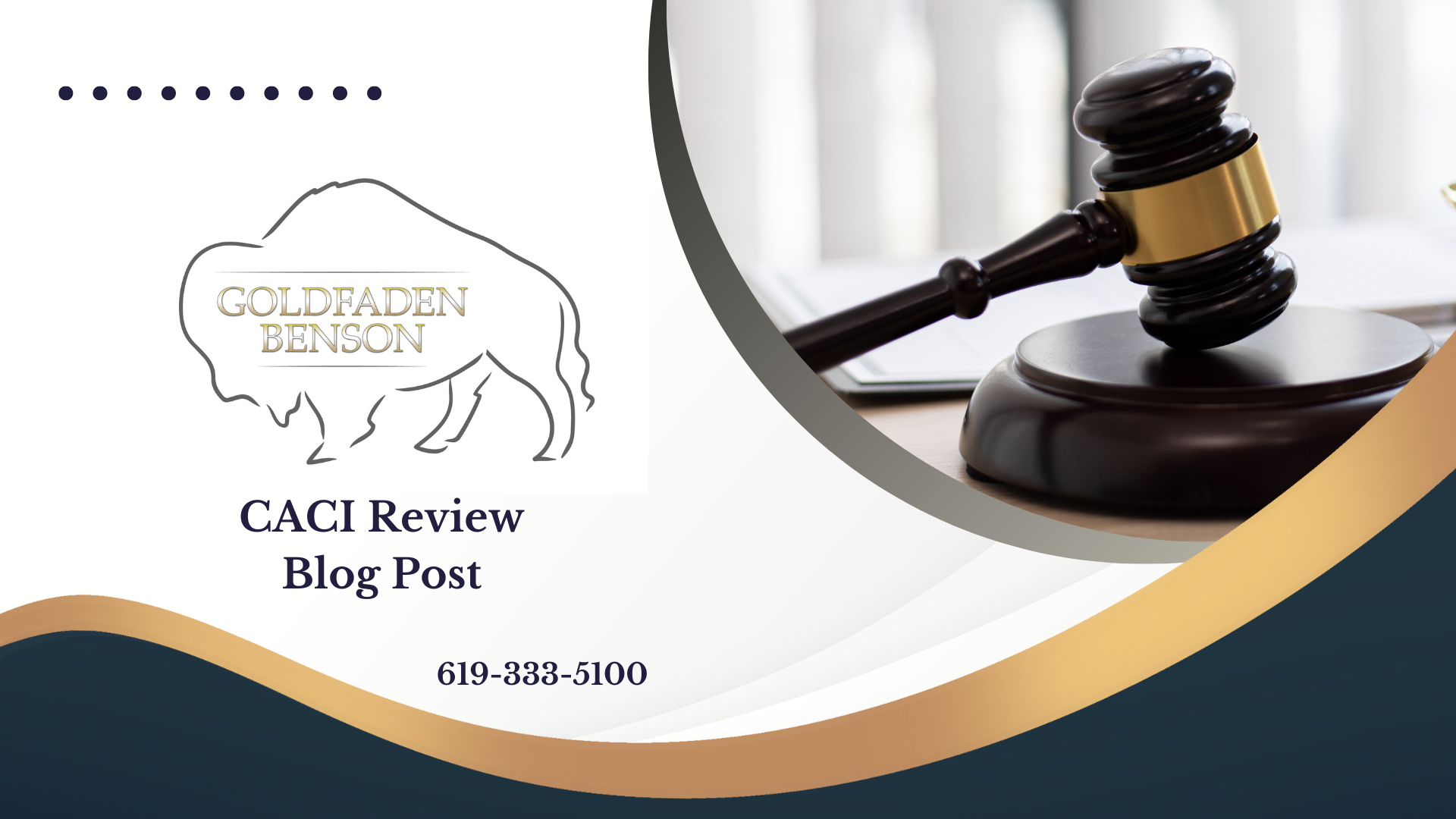Understanding Abuse of Process in California Law
Abuse of process is a legal term that describes the improper use of the court system to achieve a purpose that the legal system doesn’t intend. While legal systems exist to uphold justice and resolve disputes, some individuals manipulate these processes for ulterior motives. This blog will break down the essential elements required to establish a claim for abuse of process, making it easier to understand.
What is Abuse of Process?
To help clarify, imagine a situation where someone files a lawsuit not to genuinely resolve a conflict but rather to coerce you into giving them something, like money or property, without legal grounds. That’s an example of abuse of process. The law prohibits this behavior to ensure the integrity of our legal system.
Elements to Prove in an Abuse of Process Claim
If you think you may have been a victim of abuse of process, certain key elements must be proven for your claim to succeed. Below are the essential factual elements that need to be established:
1. **Use of a Legal Procedure**: You must demonstrate that the defendant actually utilized a legal process or procedure (for example, a subpoena or a lawsuit).
2. **Improper Purpose**: The defendant must have intentionally employed the legal procedure for an improper purpose that was not intended by the legal system. This could mean using the process to harass, intimidate, or gain an unfair advantage—in other words, to gain something unrelated to the legitimate purpose of the legal action.
3. **Harm**: You need to show that you suffered harm because of the defendant's actions. This harm could manifest in various forms, be it emotional distress, financial loss, or damage to your reputation.
4. **Causation**: Finally, you must demonstrate that the defendant's conduct was a substantial factor in causing your harm. It’s not enough to claim you were harmed; you must directly trace that harm back to the abuse of process.
How is Abuse of Process Different from Malicious Prosecution?
It's crucial to distinguish between abuse of process and malicious prosecution. While both involve the misuse of the legal system, malicious prosecution refers to filing a lawsuit without probable cause, whereas abuse of process relates specifically to the improper use of an existing legal procedure. Essentially, abuse of process can occur at any stage of a legal proceeding.
Real-Life Implications
Consider a more relatable example: if a person brings a lawsuit against you primarily to extract a settlement out of fear or to coerce you, then you may have an avenue for an abuse of process claim. The unwarranted stress and potential financial implications can be significant, underscoring why the law recognizes this as a wrongful action.
Conclusion
Understanding abuse of process helps clarify your rights and protections within the judicial system. If you believe you’re facing this legal abuse, consulting with a qualified attorney is essential to navigate your options effectively.
Should you have any questions regarding an abuse of process claim or any other legal issue, feel free to reach out to Goldfaden Benson for a conversation about how we can help you. Our team is ready to guide you through this complex landscape.








